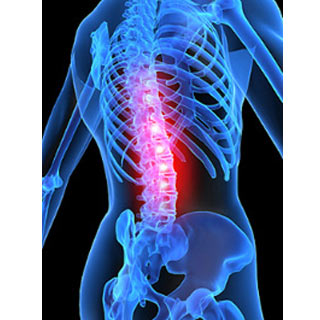
For the purpose of the study, approximately 180 patients suffering from chronic pain were analyzed. The main aim of this analysis was said to detect the particular symptoms and biomarkers that could be of help in determining the underlying pain mechanisms.
Study lead author, Joachim Scholz, Neural Plasticity Research Group, Department of Anesthesia and Critical Care, Massachusetts General Hospital, says that, “Currently clinicians measure pain only by asking how bad it is, using scales from mild to moderate to severe or asking patients to rate their pain from 1 to 10. This approach misses key characteristics that reflect the mechanisms causing the pain.â€
All these subjects were said to have undergone an extensive medical history and physical examination. The participants were also given more than 20 simple tests that could easily be conducted at bedside or in an office visit. It was stated that on the basis of these findings, a Standardized Evaluation of Pain (StEP) was developed. This consisted of a set of six questions and 10 physical tests that successfully differentiated between neuropathic and non-neuropathic pain. Neuropathic pain is said be the pain that may be caused by a damage to the nervous system.
Scholz states that, “The treatment of neuropathic and non-neuropathic pain is quite different, and if a diagnosis is wrong, patients may receive treatment, including surgery, that does not improve their pain. We showed that StEP is a valuable diagnostic tool for low back pain and will conduct further studies to determine the usefulness of our clinical approach in other types of pain. The critical test will be seeing how patients with different subtypes of pain respond to different treatments, something we hope to examine in the very near future.â€
The study investigators believe that the knowledge about the accurate nature of the pain may play a very crucial role in adopting a treatment which may be most suitable to the pain. It has further been stated that the study investigators have made this tool available to clinicians by publishing the StEP tool in this journal.
These findings have been published in the PLoS Medicine journal.
